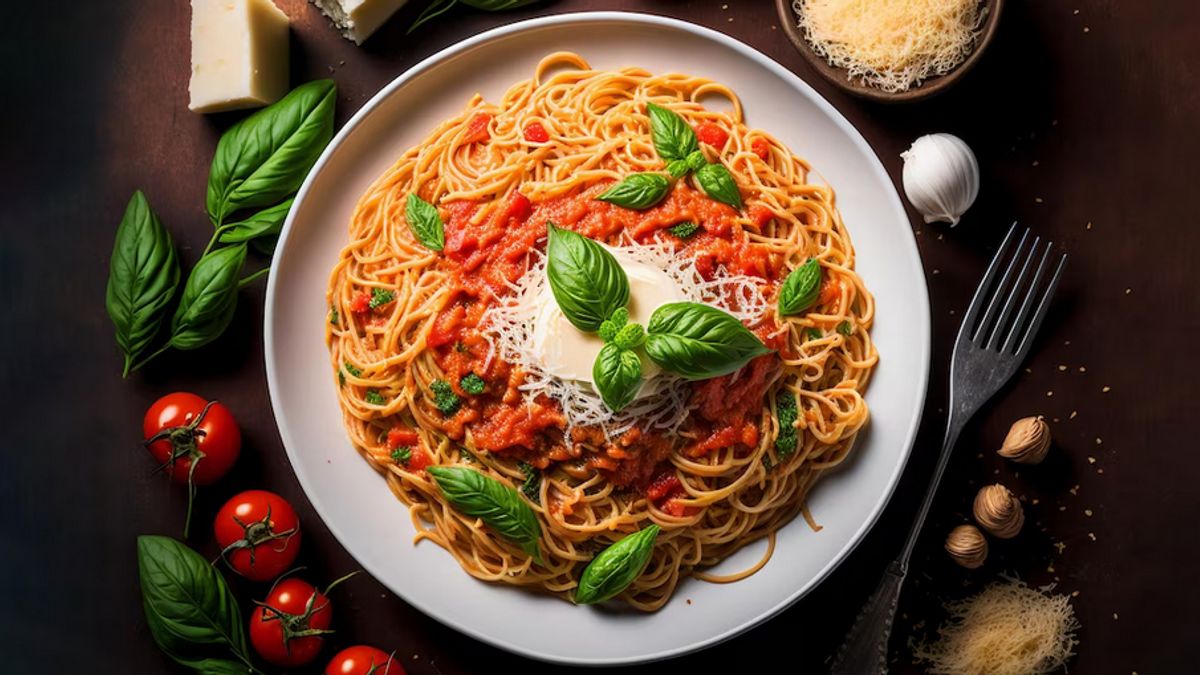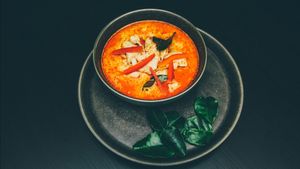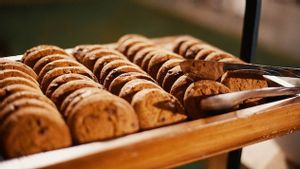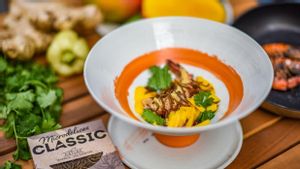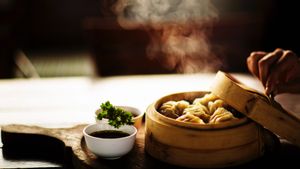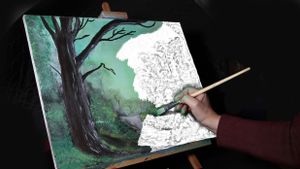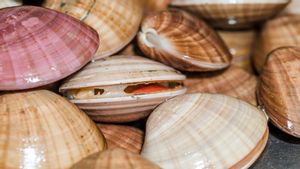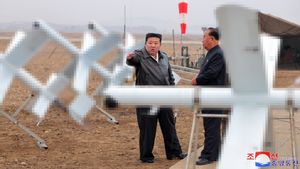YOGYAKARTA Pasta is one of the foods from Italy. However, there are more than 600 different forms and sizes of pasta spread throughout the world. If one of your hobbies is to enjoy culinary delights and creamy such as pasta, recognize the type of pasta and nutrients in the following explanation.
Macroni is one of the most popular types of dry pasta and processed varies. Starting from the famous, macaroni schoolel, to the soup, mac n cheeze, and processed normally like pasta with cheese scarcity. In 100 grams of macronics, it contains 75 grams of carbohydrates. The ingredient used makes the macronics durum wheat.
The second type of pasta, fusion or also known as Rotini in the United States. The shape is threaded like a wine bottle opener. Fusilli comes from South Italy with a variety of colors, including red, yellow, and green. In 100 grams of fusion pasta, contains 3.6 grams of fiber and is generally made of semolina teppung.
The shape is beautiful along two hollow lancip cylinder-shaped finger sections. Penne's word means 'badminton', named after the word because it looks like chicken feathers at first glance. It comes from Liguria, Italy, which contains 118 formlets and the most delicious when cooked with a basic aroma.
Spaghetti is most similar in shape to noodles, so you have to pay close attention to them. Interestingly,iri means small seeds', like the shape of a small cylinder elongated. Usually it takes 8-12 minutes to mature perfectly. Well, some functor variants have a low glycemic index of about 42.
At first glance it looks like kene, but rigatoni doesn't end in taste and the edges are textured. Coming from Rome, Italy, rigidoni doesn't contain salt at all. Launching Wellcurve, Wednesday, September 13, rigatoni can cope with chronic kidney conditions.
At first glance, it looks like a butterfly tie, but there are many sizes, some are small but some are called farfalloni. In cooking farfalle, it is recommended to use olive oil and have nutrients that help increase immunity.
Of all the types of pasta, fire is the oldest type in Italy. Its shape is usually wide and flat, but some variations are made corrugated. To process it, it is usually stacked with milling meat, vegetables, and mozzarella. Within 100 grams of fire, it contains 7 grams of protein.
Pasta this type is shaped like a smooth ribbon. Many people are confused about the difference between fettuccini and languine. Languine is also a long type of pasta such as noodles and fireminton. However, languine has a width of about 4 millimeters and is usually light yellow and cooked simply with garlic flavors with parmesan cheese.
While fettuccini, slightly wider and flatter. In 100 grams the uccini ferttuccini contains 24.5 milligrams of calcium.
Ravioli is the healthiest when filled with cheese, vegetables, or meat. But sometimes cooked with fatty broth and tomato sauce. It's better, if cooked exactly and mixed health, in 100 grams of protein-containing 10.1 milligrams.
Rotelli is the most often seen pasta in children's bowls. Its shape is threaded but thinner than fusion. Because the flow is smaller, it makes it easier for children to eat and enjoy this dish. In 100 grams of rotelli pasta contains about 5.4 grams of fiber.
اقرأ أيضا:
Those are the ten types of pasta and the nutritional content. You can travel to enjoy the culinary by recognizing the types of pasta from Italy based on the shape through the above references.
The English, Chinese, Japanese, Arabic, and French versions are automatically generated by the AI. So there may still be inaccuracies in translating, please always see Indonesian as our main language. (system supported by DigitalSiber.id)
